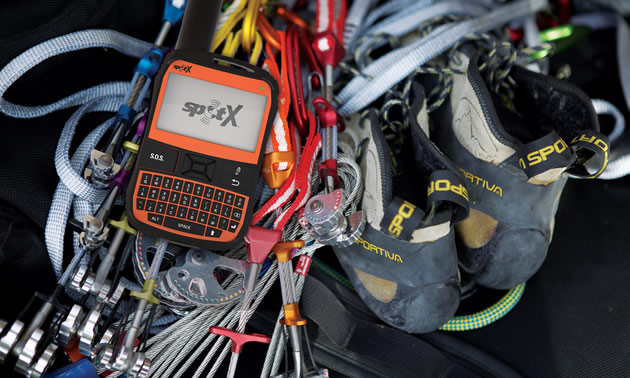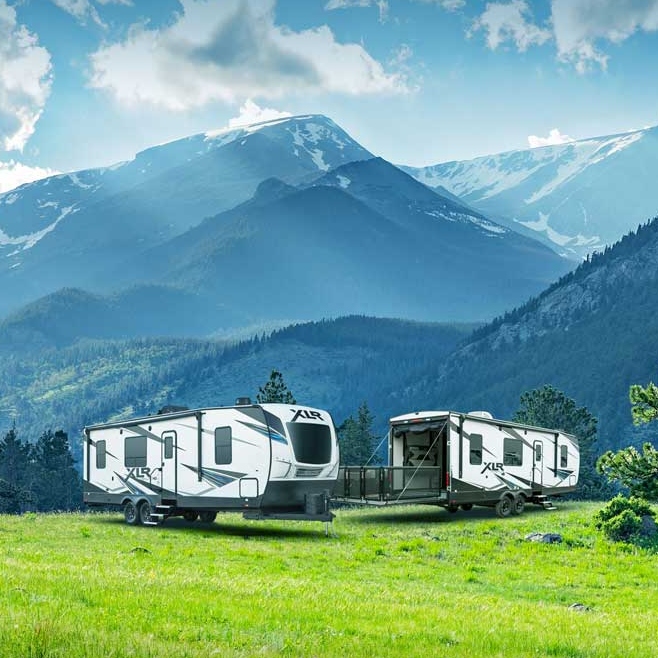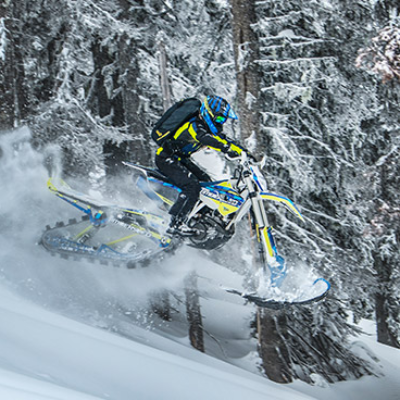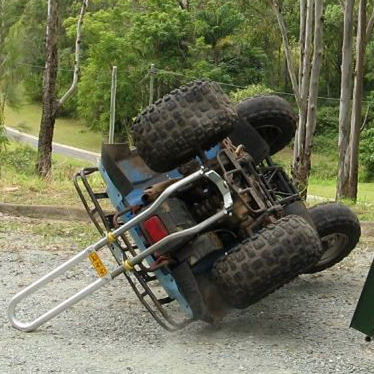The power of the SPOT X 2-Way Satellite Messenger is the capability of sending an SOS message to GEOS, the global emergency response service, to initiate a rescue almost anywhere in the world. While the most important function is to initiate an SOS rescue, the feature most used will be staying in touch with the folks at home via its new two-way satellite communication with SMS texts or email.
I tested the SPOT X hand-held device recently and will be adding one to my off-road adventure kit.
The text function works perfectly, even where there is no cell service, because it uses satellites to transfer the messages. Just remember this device is not a phone running on a fast local mobility network. SPOT X requires a clear view of the sky to function properly and a bit of time to process messages. It’s perfect for sledders, backcountry campers, mountaineers and fishers––people who are often out of cell range and want to check in with someone who cares about them. When you’re gone days or even weeks at a time, it’s a benefit for the folks at home to know you are safe and to be able to track your progress on Google Maps. Moreover, you have peace of mind, knowing that you can get help if you need it.
My misadventure
I spend so much time in remote areas hunting, fishing and quadding that I just know I’m going to get lost and so I prepare for it. But last January when my lifelong friend and I took to the trails in northern Alberta to hunt grouse for the day, we were completely unprepared when the truck slid off the trail. We were out for the day and expected to have good cell coverage.
I know the area well enough to know we were 17 kilometres off the main road on a decommissioned logging trail. It was 35 minutes before sunset, and my SPOT Gen3 was fully charged but it was on my desk at home! It was now -25 C and would certainly pass -30 C overnight. When my wife answered my cell phone call, my voice cracked, and the line went dead. No reception.
We tried texts but they would stack up in the outbox. When a few seconds of service made it possible, the texts went. They read like this:
“We’re fine.”
“We’ll stay the night.”
“We’ll stay with the truck.”
“Will walk out tomorrow.”
We began to list our stupidity. We did make it home that night well past midnight. Because we were only able to communicate by text, the folks at home made calls to find tow truck operators in the area and were able to find a tow truck operator familiar enough with our location to find us and winch us out.
If I would have had the satellite communication and tracking function of SPOT X, we could have called for non-life threatening (at that point) assistance. And it is good to know you always have the ability to send an SOS should you need to call in the cavalry if it all goes south.
The strength of SPOT X is its new off grid two-way text communication.
A performance test
Here’s what I found carrying the SPOT X for a five-day test:
- After five days of continuous operation, the lithium battery indicated half used. This is consistent with the manufacturer’s claim of 10 days of battery life in track mode. If your trip is longer than a week, bring additional USB connectable battery or charging capability.
- SPOT X assigns users a dedicated cell number. Family at home can receive texts from my SPOT X number and can send me texts and emails to the number. This worked flawlessly, but it did take a few minutes for messages to send and receive. (This is not a cell phone on a network.)
- The SOS message capability for 24/7 rescue integrated with GPS co-ordinates is SPOT X’s most important feature—the one I hope I will never need to use. The power of the SOS button is the connection to GEOS Global, the global emergency response service.
- The QWERTY keyboard functions much faster (even with my fat fingers) than hunt-and-peck typing with directional arrows and the enter key. The backlit keyboard helps me find the right keys in dusk and dark.
- At 192 grams (less than seven ounces), the unit is light. Be sure to strap it high up on the outside of your backpack with the antenna pointing up.
- It is worth noting that this device requires a subscription. Make sure you choose a plan (seasonal plans are available), and fully set up and test the device before heading out.
I didn’t test the SOS function. But with 6,348 SPOT X-assisted rescues around the world and counting (as of April 26, 2019), I am confident that I will be in good hands should the need arise. All I will need to do is lift the trapezoidal tab labelled SOS to expose and push the red SOS pad underneath.
Neither did I use the text to other SPOT X users, but this function would be particularly helpful if you wanted to stay connected to your buddies during a backcountry trip when you are spending part of the day separated.
One close call is more than enough for me. SPOT X gives you the freedom to explore the world with a satellite tether to safety if you need it.








Comments